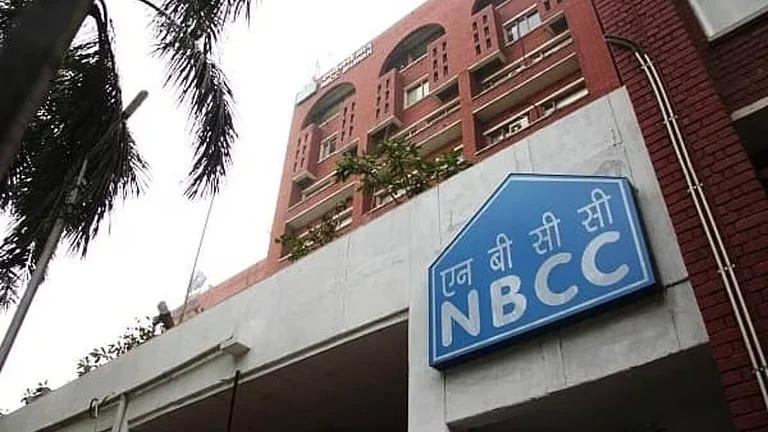We always wish to pay less and expect more. But in the stock market, nobody is able to predict the fair price of a stock and the level of returns. Quite often, a retail investor happens to buy a stock at its peak price, guided by emotions or tips, and then keeps waiting for the right price, for a reasonable exit.
Appropriate averaging of price of a stock might be the answer to arrive at a rational price of a stock for better returns. However, effective and beneficial averaging is a matter of judgemental acumen. Else, it could erode the value of a stock in the long run, especially in case of fundamentally poor stocks. Thus, one has to be cautious while averaging the price of an equity.
Why Do You Need To Average Stock Price
It is common knowledge that volatility and uncertainty are regular features of the stock market. As a result, price fluctuation of securities is a norm, rather than an exception. It is also desirable to buy a stock at a reasonable price, with a long-term perspective. Quite often, we might buy a stock at its peak, out of emotions, or out of the fear of being left out, gauzing the momentum and rising volumes of a stock, especially in the bullish phase of the market. Since the stock market is never unidirectional, and changes direction without alarm, nobody is able to predict a dip or rise in the price of a stock.
Consequently, if we have bought a stock at its peak price, but with the downside trend, then its price would decline sharply. Then, judicious averaging of price should help. That said, averaging of price works best for fundamentally strong stocks, and not at all for weaker stocks.

The Concept Of Averaging
Let’s suppose you bought 100 units of a stock at Rs 100 each, convinced about the fundamentals and its future prospects, but probably near its peak price. Then it got subjected to volatility and a downward trend, leading to sharp decline in its market price.
At this stage, relook and reaffirm the quality of the stock, and if satisfied, keep a watch on its price movement, and buy in smaller lots of one-three at each dip in price, guided by the bottom up approach.
Thus, may be, say you bought another 25 units at Rs 70; 25 units at Rs 60; and another 50 units at Rs 50 each. Then, the total cost of purchase would come to Rs. 10,000 + Rs. 1,750 + Rs. 1,500 + Rs. 2,500 = Rs. 15,750. The average price per unit would then come to Rs. 78.75.
Alternatively, if you have bought a share at, say Rs 300 per share, but steadily its price increases to over Rs 400 in few sessions, then going by its consolidation around that price, suggesting it to be promising, buy another lot, and watch it to grow, and sell a portion at a price you deem fit!
This way, your price of holding will come down to a much safer level from a long-term perspective.
Factors Governing Averaging Of Stock Price!
There are a few factors that govern the averaging of a stock price. They are:
1] Fundamentals of a stock: Averaging works only for those stocks which have sound fundamentals, belong to a market-favourite sector, and are much below their highest price level. Otherwise, for a fundamentally poor stock, it could add to one’s woes in becoming a liability with deepening losses.
2] Market volatility: When a fundamentally sound stock is in a consolidation mode, price averaging could seem desirable, especially at the lower end of the consolidation mode.
3] Futuristic trend: Any stock that exhibits a futuristic trend; for example, these days, the sunrise sectors are digitisation, Information Technology, banking and financial services, and pharma, are well-suited for price averaging.
4] To mend the wrong doing in stock picking: This marks the basic reason and need for averaging, i.e., to favourably minimise the price of a holding. This implies that for a stock purchased at its peak price, which dipped fast with trend reversal, averaging could prove profitable.
Types Of Averaging
These are the ways in which you could average your stock prices.
1] Systematic investment plan (SIP): This may be regarded as an auto mode of averaging price. This implies buying your favourite stock in smaller lots regularly at every dip.

2] Random averaging: After you have bought a relatively bigger lot of a stock, and the market starts dipping suddenly, seriously eroding the price of your holding, you will have two options. One, to book your loss and enter into another better scrip; and second, if you believe in the value and promise of your stock, then resort to appropriate averaging.
3] Imprudent averaging: These could be stocks that you possibly bought out of emotion or on a vested tip, i.e., a fundamentally weaker stock, or a stock which sometimes was a hot favourite, but because of adverse market conditions, has now become a penny stock. In such a situation, averaging would prove harmful. It could be similar to carrying a dead stock for long. For example, a stock like Yes Bank, which at one point was a blue chip stock, but is dirt cheap now. If one is carrying a fundamentally weak stock and is tempted to averaging because of extremely low price, it could, in fact, prove very harmful. Such an imprudent shopping must be avoided.
The author is a former employee of the Government of India and has worked in the agriculture sector.
Disclaimer: Views expressed are the authors’ own, and Outlook Money does not necessarily subscribe to them. Outlook Money shall not be responsible for any damage caused to any person/organisation directly or indirectly.






























